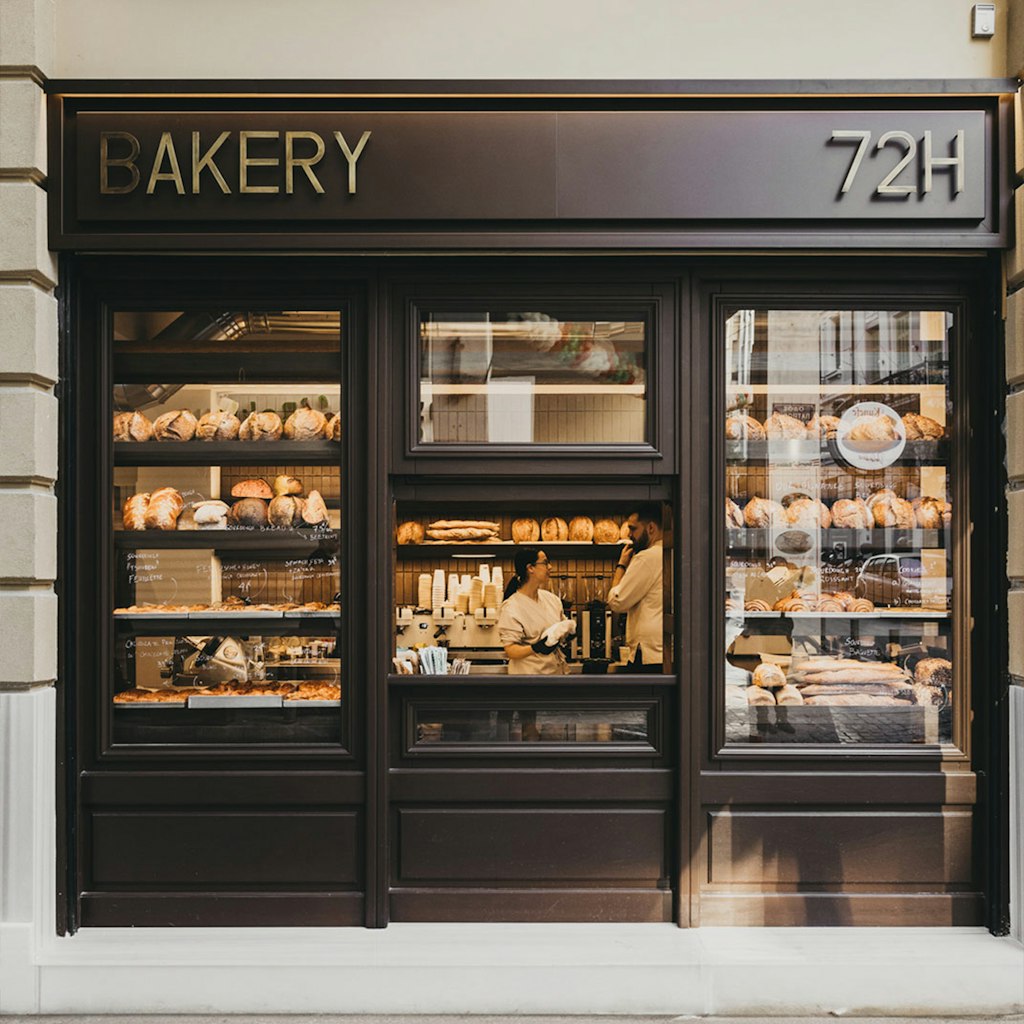A taste of the times
Felipe Fernández-Armesto is inspired by an old menu
Moving house induces nostalgia. Among retrievals from a disused cupboard that have made me squirm, exult, atone and giggle are three menu cards, tied with gold and blue ribbon, from the King Charles Club of nearly 50 years ago.
In those days, the club — a dining society elected from members of St John’s College, Oxford — was a venerable and decorous sodality. We never sang or squawked or engaged in the unimaginative vandalism or petty adventures that might have followed the port at the Piers Gaveston or the Buller. We never “smashed any rotten old pictures that were priceless works of art”.
Guests of unchallengeable eminence and sobriety from the ranks of statesmen, professors, poets and grandees shared the table: we never entertained anything as vulgar as a celebrity or a tycoon. There was no scatology or sex.
Our humour was of the pedantic and puerile variety that is peculiar to men educated in England’s old schools and universities.
We ate immoderately, perhaps — if cost rather than quantity is the applicable criterion — but only of the rarest ingredients, listed in the decent obscurity of chef’s French. We drank to excess, but only of the finest wines. Our silly rites were few; beyond the dining-room, there was only one: a pious wreath-laying at the foot of the statue of Charles I, the Club’s putative founder or mythical progenitor, annually on the day of his martyrdom.
The menu was modest by the Society’s standards- nine courses were the norm
Nowadays, I believe, the Club dinners — after expulsion from its proper home in St John’s presumably owing to a modish, donnish prejudice against excellence — take place in grim exile on commercial premises. For years, Peter Stringfellow, an old member, extended the hospitality of one of his metropolitan establishments.
I expect the College snaffled the Club’s magnificent silverware, accumulated by the generosity of generations of deservedly rich young men. The dinners may or perhaps must have decayed, in obedience to universal laws.
The old menus, however, surprise by the memories they kindle and the instances of oblivion they expose. At one dinner, the guests included Francis Warner, Hugh Trevor-Roper and John Bowle. I wish I could recall what those three thought of each other.
It was an important era in the lives of all three: Francis had published the first plays in his Agora cycle; John Bowle, who had frustrated his own academic ambitions by taking a Third-class degree — an achievement attainable only by exceeding the examiners in originality — had taken his revenge by becoming a best-selling historian.
Hugh, who excelled him by selling as many books while accumulating far more honours, had recently abandoned his efforts to elude identification as Mercurius Oxoniensis, author of the ingenious and hilarious satires that had made Oxford risible to readers of the Spectator. The young Peter Mandelson was a fourth guest, presumably because members envisaged him as a candidate for election, though I don’t recall that he ever joined.
The menu was modest by the Society’s standards. Nine courses were the norm but the distinguished littérateurs had to make do with avgolemono, quenelles de saumon, côte de chevreuil rôti aux pommes souflettes et au choufleur polonaise, salade de poireaux, melon aux framboises au façon du chef, beurre vert and dessert.
The most revelatory prompt to memory is of the wines we drank. Sercial balanced the lemony soup. Vaillon cut the creaminess of the quenelles. Hermitage-Rochefine of one of the best recent years of the time suited the seriousness of the venison.
The chef’s way with the melon involved a dash of Tokaji, which we drank accordingly. We had golden
Ch. Rieussec and Sandeman’s, dark as old blood, with dessert. Re-reading the menu evoked happy times but left me sad: I haven’t drunk such wines at a sitting for many years and don’t suppose my doctor, my wife, or my bank manager would allow me to do so.
The beurre vert of the Club in those days was not the familiar garnish of butter blended with spinach, but a palate-reviving mixture almost no one now makes. I shall serve it again in my attempt to restore savoury courses to English menus.
If I remember the recipe correctly, I’ll work finely-chopped parsley, thyme, watercress and spinach into just enough softened, saltless butter. A spoonful of purée of canned anchovies adds zing, without muddying the vivid greenery, which must be abundant enough to dominate the buttery fatness and the anchovies’ salt.
This article is taken from the July 2023 issue of The Critic. To get the full magazine why not subscribe? Right now we’re offering five issues for just £10.
Enjoying The Critic online? It's even better in print
Try five issues of Britain’s most civilised magazine for £10
Subscribe














